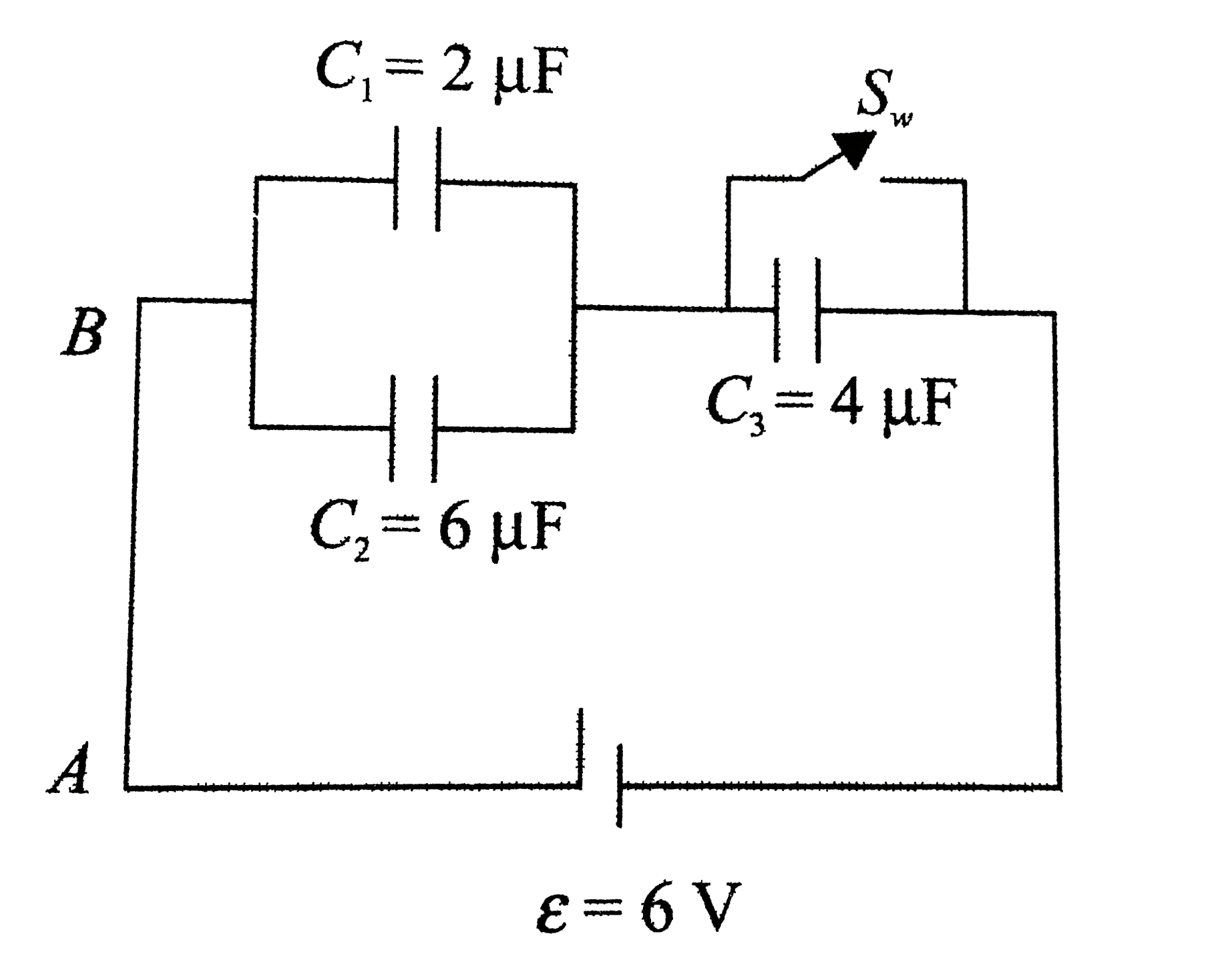The characteristic(s) common to urea, uric acid and ammonia is/are
(i). They are nitrogenous wastes.
(ii). They all need very large amount of water for excretion.
(iii). They are all equally toxic.
(iv). They are produced in the kidneys
a) (i),(iii) and (iv)
b) (i) only
c) (i) and (iii)
d) (i) and (iv)
The correct Answer is:B
To determine the characteristics common to urea, uric acid, and ammonia, we will analyze each statement provided in the question.
1. Identify the Nature of the Compounds:
- Urea, uric acid, and ammonia are all nitrogenous wastes produced during the metabolism of proteins and nucleic acids in organisms.
2. Evaluate Statement (i):
- Statement (i): "They are nitrogenous wastes."
- This statement is correct. All three compounds are indeed nitrogenous wastes.
3. Evaluate Statement (ii):
- Statement (ii): "They all need very large amounts of water for excretion."
- This statement is incorrect. Ammonia is highly toxic and requires a large amount of water for excretion. Urea requires a moderate amount of water, while uric acid requires very little water for excretion. Therefore, not all of them need large amounts of water.
4. Evaluate Statement (iii):
- Statement (iii): "They are all equally toxic."
- This statement is also incorrect. Ammonia is the most toxic, followed by urea, which is less toxic, and uric acid is the least toxic of the three. Hence, they are not equally toxic.
5. Evaluate Statement (iv):
- Statement (iv): "They are produced in the kidneys."
- This statement is incorrect. Urea and ammonia are primarily produced in the liver, while uric acid is also produced in the liver, with some production occurring in the kidneys. Therefore, not all of them are produced in the kidneys.
6. Conclusion:
- The only correct statement is (i): "They are nitrogenous wastes." Therefore, the answer is option B: 1 only.
Final Answer:
The characteristic common to urea, uric acid, and ammonia is (i) They are nitrogenous wastes.
---
- Urea, uric acid, and ammonia are all nitrogenous wastes produced during the metabolism of proteins and nucleic acids in organisms.
- Statement (i): "They are nitrogenous wastes."
- This statement is correct. All three compounds are indeed nitrogenous wastes.
- Statement (ii): "They all need very large amounts of water for excretion."
- This statement is incorrect. Ammonia is highly toxic and requires a large amount of water for excretion. Urea requires a moderate amount of water, while uric acid requires very little water for excretion. Therefore, not all of them need large amounts of water.
- Statement (iii): "They are all equally toxic."
- This statement is also incorrect. Ammonia is the most toxic, followed by urea, which is less toxic, and uric acid is the least toxic of the three. Hence, they are not equally toxic.
- Statement (iv): "They are produced in the kidneys."
- This statement is incorrect. Urea and ammonia are primarily produced in the liver, while uric acid is also produced in the liver, with some production occurring in the kidneys. Therefore, not all of them are produced in the kidneys.
- The only correct statement is (i): "They are nitrogenous wastes." Therefore, the answer is option B: 1 only.
The characteristic common to urea, uric acid, and ammonia is (i) They are nitrogenous wastes.
Topper's Solved these Questions
- EXCRETORY PRODUCTS AND THEIR ELIMINATIONBook:NCERT FINGERTPS ENGLISHChapter:EXCRETORY PRODUCTS AND THEIR ELIMINATIONExercise:Assertion & Reason
Explore 15 Videos
- EXCRETORY PRODUCTS AND THEIR ELIMINATIONBook:NCERT FINGERTPS ENGLISHChapter:EXCRETORY PRODUCTS AND THEIR ELIMINATIONExercise:Excretory Products And Their Elimination
Explore 133 Videos
- DIGESTION AND ABSORPTIONBook:NCERT FINGERTPS ENGLISHChapter:DIGESTION AND ABSORPTIONExercise:Digestion And Absorption
Explore 137 Videos
- LOCOMOTION AND MOVEMENTBook:NCERT FINGERTPS ENGLISHChapter:LOCOMOTION AND MOVEMENTExercise:Locomotion And Movement
Explore 139 Videos
Similar Questions
The characteristic that is shared by urea. Uric acid and ammonia is/are
(A) They are nitrogenous wastes
(B) The all need very large amount of water for excretion
(C) They are all equally toxic
(D) They are produced in the kidneys
View SolutionThe diagram given below is that of a structure present in a human kidney. Study the same and answer the questions that follows :

(i) Name the structure represented in the diagram.
(ii) What is the liquid entering part T called? Name two substances present in this liquid that are reabsorbed in the tubule.
(iii) What is the fluid that comes to part '2' called? Name the main nitrogenous waste in it.
(iv) Mention the three main steps involved in the formation of the fluid mentioned in (iii) above.
(v) Name the substance which may be present in the fluid part '11 if a person suffer from diabetes mellitus.
View Solution
Knowledge Check
Consider the following four statements and select the correct option stating which ones are true (T) and which ones are false (F).
(i) The stomach has the lowest pH.
(ii) The liver contains lipid emulsifier
(iii) Large intestine secretes many enzymes.
(iv) All proteases function in the lumen of small intestine.AT F T FBF T F TCF F T TDT T F FRefer to the given characteristics of some flowers.
(i) LIght and non-sticky pollen grains
(ii) Exserted stigmas and anthers
(iii) Large, often feathery stigmas
(iv) Flowers colourless, odourless and nectarless
(v) Common in grasses
Above features are the characteristics ofAanempohilyBhydrophilyCentomophilyDzoophily
In, all the capacitors are in steady state initially.
i. What is the charge flowing through the switch when it is closed?
ii. What is the charge flowing section AB?
iii. What is the work done by the battery?
iv. What is the heat produced when (S) is closed?
 .
.
View SolutionA man takes large amount of protein. He is likely to excrete more amount of
(a) Urea
(b) Uric acid
(c) Sugar
(d) Salts and water
View SolutionFind out correct statements - (A)Mammals, amphibia, freshwater fishes are ureotelic.
(B) Waste product of bird and insect is same.
(C) Fish eliminate ammonia through gill surfaces as NH+4
(D) Uric acid is most toxic form and requires large amount of water for its elimination.
(E) Excretory structures of most insects are malpighian tubules.
View SolutionWhich of the following statements are true for flowers?
(i) Flowers are always bisexual
(ii) They are the sexual reproductive organs
(iii) They are produced in all groups of plants
(iv) After fertilisation they give rise to fruits
View SolutionConsider the following four statements (i)-(iv) about certain desert animals such as kangaroo rat.
i) They have dark colour and high rate of reproduction and excrete solid urine ii) They do not drink water, breathe at a slow rate to conserve water and have their body covered with thick hairs iii) They feed on dry seeds and do not required drinking water iv)They excrete very concentrated urine and do not use water to regulate body temperature. Out of these four, which two are correct :
View SolutionRead the following statements regarding living organisms . How many of the following statements are incorrect ?
(i) As we go higher from species to kingdom, the number of common characteristics goes on increasing .
(ii) Lower the taxa more are the characteristics that the members within the taxon share.
(iii) Lower the category , greater is the difficulty of determining the relationship to other taxa at the same level.
(iv) All organisms , including those in plants and animal kingdom , have sub - species as the lowest obligate category
View Solution

